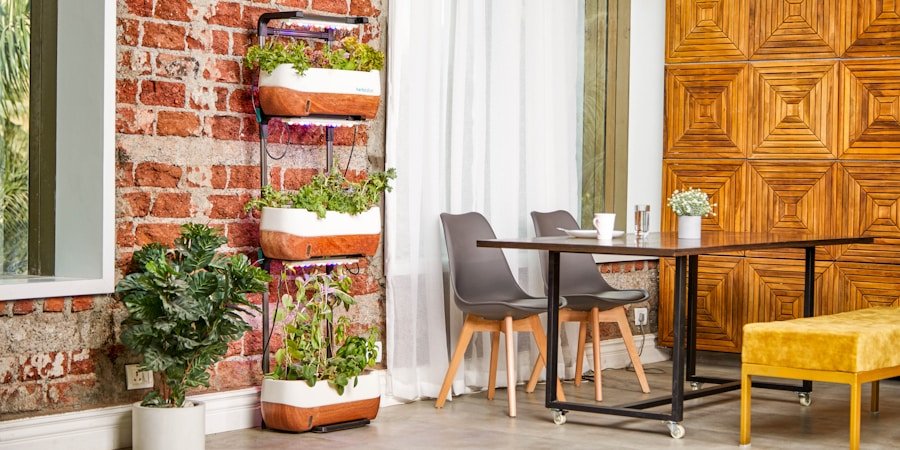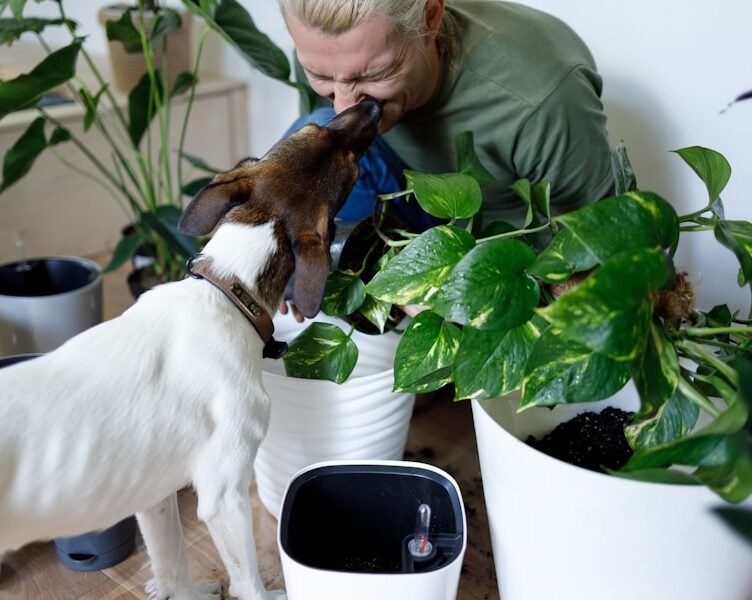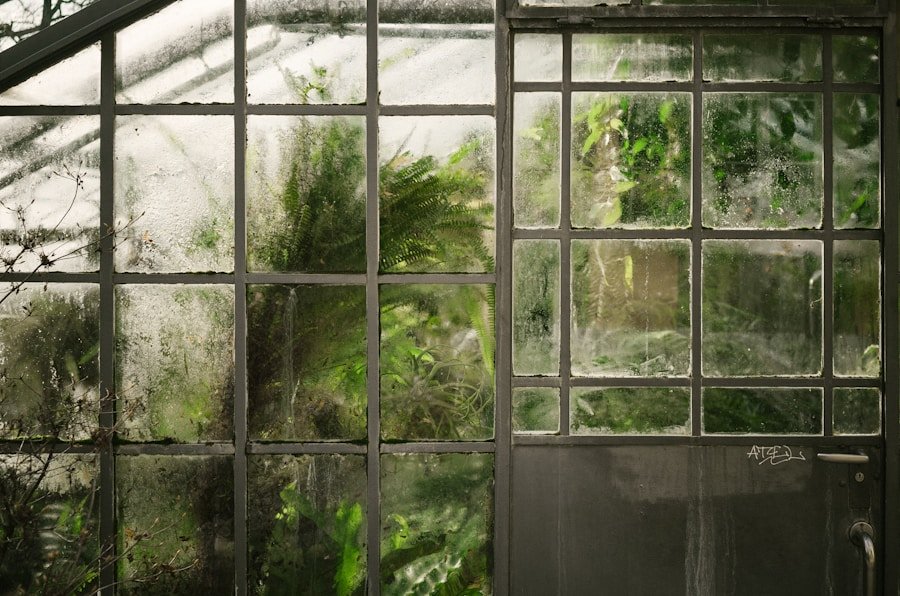The notion that indoor plants are high maintenance and demanding of attention is a common misconception. While it is true that some indoor plants require more care than others, there are numerous low-maintenance options suitable for individuals without extensive gardening experience. In fact, certain indoor plants can survive with minimal care and infrequent watering, often thriving in conditions of neglect.
Examples of such low-maintenance plants include snake plants, pothos, and spider plants, making them ideal for busy individuals or those new to indoor gardening. On the other hand, some indoor plants do require more attention and care. Orchids and ferns, for instance, may necessitate frequent watering, specific humidity levels, and regular pruning to thrive.
However, with proper knowledge and care, even these high-maintenance plants can flourish indoors. It is essential to research and select indoor plants that align with your lifestyle and level of commitment. By doing so, indoor plants can become a low-maintenance and rewarding addition to your home.
Key Takeaways
- Indoor plants can be low maintenance and require minimal attention
- Indoor plants can actually have health benefits, such as improving air quality
- Not all indoor plants require a lot of sunlight, some can thrive in low light conditions
- While some indoor plants can purify the air, they may not be as effective as previously thought
- Not all indoor plants are safe for pets and some can be toxic if ingested
Myth 1: Indoor plants are only for decoration and have no health benefits
Air Purification and Respiratory Health
One of the most well-known benefits of indoor plants is their ability to purify the air by removing toxins and pollutants. Studies have shown that certain indoor plants can help to reduce indoor air pollution and improve air quality, which can have a positive impact on respiratory health.
Mental Health and Stress Relief
In addition to purifying the air, indoor plants can also help to reduce stress and improve mental health. The presence of greenery indoors has been linked to lower levels of anxiety and depression, as well as improved mood and concentration.
A Sense of Purpose and Accomplishment
Furthermore, caring for indoor plants can provide a sense of purpose and accomplishment, which can contribute to overall happiness and well-being. With all of these health benefits in mind, it’s clear that indoor plants are much more than just a decorative element in your home. They can have a significant impact on your physical and mental health.
Myth 2: All indoor plants require a lot of sunlight to thrive
Many people believe that all indoor plants require a lot of sunlight to thrive, but this is not necessarily true. While it’s true that most plants do need some amount of light to survive, there are plenty of indoor plants that can thrive in low-light conditions. These plants are perfect for homes or offices with limited natural light, as they can still grow and thrive without direct sunlight.
Some examples of low-light indoor plants include peace lilies, ZZ plants, and snake plants. On the other hand, there are also indoor plants that do require more sunlight to thrive, such as succulents and flowering plants. These plants may need several hours of direct sunlight each day in order to grow and bloom.
It’s important to consider the specific light requirements of each plant before bringing them into your home, as this will ensure that they receive the proper care and conditions to thrive. With the right selection of indoor plants, you can create a lush and thriving indoor garden regardless of the amount of natural light available.
Myth 3: Indoor plants can purify the air in your home
| Myth | Fact |
|---|---|
| Indoor plants purify the air | While plants do absorb some pollutants, they are not sufficient to purify indoor air on their own. |
| All indoor plants require direct sunlight | There are many indoor plants that can thrive in low light conditions. |
| Indoor plants need frequent watering | Overwatering can actually harm indoor plants, and many only need to be watered once a week or even less. |
| Indoor plants are prone to pests | While some indoor plants can attract pests, proper care and maintenance can prevent infestations. |
| Indoor plants are purely decorative | Indoor plants can provide mental and physical health benefits, such as reducing stress and improving air quality. |
One common myth about indoor plants is that they can purify the air in your home. While it’s true that certain indoor plants have been shown to remove toxins and pollutants from the air, they are not a cure-all for poor indoor air quality. In order to effectively purify the air in your home, you would need a large number of plants in a relatively small space.
This is not practical for most homes, as it would require an excessive amount of greenery to make a significant impact on air quality. That being said, indoor plants can still contribute to better air quality in your home when used in conjunction with other methods. For example, using an air purifier in combination with indoor plants can help to remove a wider range of pollutants from the air.
Additionally, proper ventilation and regular cleaning can also play a significant role in improving indoor air quality. While indoor plants can certainly have a positive impact on air quality, it’s important to use them as part of a comprehensive approach to creating a healthy indoor environment.
Myth 4: All indoor plants are safe for pets
Many people believe that all indoor plants are safe for pets, but this is not necessarily true. In fact, there are many common indoor plants that can be toxic to cats and dogs if ingested. Some examples of toxic indoor plants include lilies, philodendron, and aloe vera.
These plants can cause a range of symptoms in pets, including vomiting, diarrhea, and even more serious health issues in some cases. It’s important for pet owners to be aware of the potential dangers of certain indoor plants and take steps to keep them out of reach of their furry friends. On the other hand, there are also plenty of pet-friendly indoor plants that are safe for cats and dogs.
Some examples of non-toxic indoor plants include spider plants, Boston ferns, and African violets. These plants can be safely enjoyed in homes with pets without posing a risk to their health. It’s important for pet owners to do their research and choose indoor plants that are safe for their specific animals.
With the right selection of pet-friendly indoor plants, you can create a beautiful and safe environment for both your plants and your pets.
Myth 5: Indoor plants are prone to attracting pests and insects
Separating Fact from Fiction
While it’s true that some indoor plants can attract pests such as aphids, mealybugs, and spider mites, this is not necessarily a given for all indoor plants. In fact, with proper care and maintenance, you can prevent many common pests from infesting your indoor garden.
Prevention is Key
Regularly inspecting your plants for signs of pests, providing proper watering and fertilization, and keeping your plants clean can all help to prevent pest infestations. By taking these simple steps, you can create an environment that is less conducive to pest infestations.
Natural Pest Control Methods
In addition to preventative measures, there are also natural ways to control pests on indoor plants without resorting to harmful chemicals. For example, introducing beneficial insects such as ladybugs or using natural insecticidal soaps can help to keep pests at bay without harming your plants or the environment.
A Thriving Garden, Pest-Free
By taking proactive steps to prevent and control pests on your indoor plants, you can enjoy a thriving garden without the worry of infestations. With a little care and attention, you can create a beautiful and healthy indoor garden that brings joy and serenity to your space.
Myth 6: Indoor plants are all the same and require the same care
Finally, many people believe that all indoor plants are the same and require the same care, but this is far from true. In reality, there is a wide variety of indoor plants with different needs when it comes to watering, light, humidity, and temperature. Some indoor plants prefer bright indirect light, while others thrive in low-light conditions.
Some need frequent watering, while others prefer to dry out between waterings. Understanding the specific needs of each plant is essential for providing the proper care and ensuring their health and growth. In addition to light and water requirements, different indoor plants also have varying preferences when it comes to humidity levels and temperature.
For example, tropical plants such as ferns and orchids thrive in high humidity environments, while succulents prefer drier conditions. Similarly, some indoor plants are more sensitive to temperature fluctuations and may require consistent warmth or coolness to thrive. By taking the time to research the specific care needs of each plant in your collection, you can create an environment that supports their individual growth and ensures their long-term health.
In conclusion, there are many myths about indoor plants that have been debunked through research and experience. Indoor plants can be low-maintenance and offer numerous health benefits beyond just decoration. They do not all require a lot of sunlight to thrive or purify the air in your home.
It is important to be aware that not all indoor plants are safe for pets or prone to attracting pests or insects. Lastly, it is crucial to understand that not all indoor plants are the same and require different care based on their individual needs. By understanding these myths about indoor plants, you can make informed decisions about which ones will thrive in your home and how best to care for them.
FAQs
What are some common myths about indoor plants?
Some common myths about indoor plants include the belief that they purify the air, that they require constant sunlight, and that they are all high-maintenance.
Do indoor plants actually purify the air?
Yes, indoor plants can help improve air quality by removing certain toxins and pollutants from the air. However, they are not a substitute for proper ventilation and air filtration systems.
Do all indoor plants require constant sunlight?
No, not all indoor plants require constant sunlight. There are many varieties of indoor plants that can thrive in low-light conditions, making them suitable for spaces with limited natural light.
Are all indoor plants high-maintenance?
No, there are many low-maintenance indoor plants that are easy to care for and can thrive with minimal attention. Some indoor plants are more resilient and forgiving of neglect than others.
Do indoor plants have any health benefits?
Yes, indoor plants have been shown to have various health benefits, including reducing stress, improving mood, and increasing productivity. They can also help create a sense of well-being and connection to nature in indoor spaces.









1 Comment